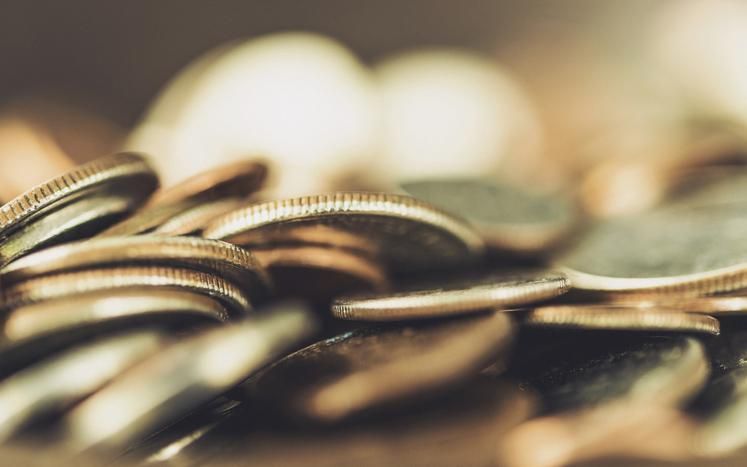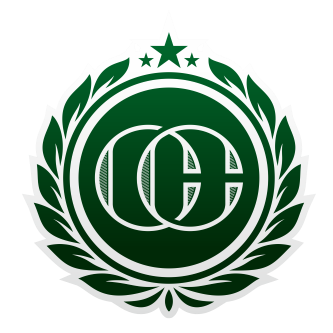Exploring the Origins and Meanings of Coin Nicknames

Reposted with permission from Coinsforsale.com
The names of coins have a long and fascinating history rooted in the languages and cultures of the people who first used them. Many of the names of modern coins have their origins in the ancient Romans' language, which profoundly influenced the development of Western culture and language.
In addition to their official names, many coins have developed popular nicknames. Collectors and everyday people often use these nicknames to refer to the coins in a more colloquial way. Many of the nicknames for U.S. coins have been lost to history, but the ones that remain offer a glimpse into American currency's rich and diverse history. Enjoy learning about the murky history of coin nicknames.
Penny
The term "penny" is derived from Old English pening and has relatives in Germanic languages such as German (Pfennig), Swedish (penning), and Icelandic (peningur). People kept using the British name to describe the first American one-cent currency when it was introduced in 1793. Over the years, the penny has been given numerous nicknames. The penny has several nicknames, including the copper, the one-cent piece, and the cent.
Quarter
The Spanish dollar, also known as the "piece of eight," was a popular trade coin in the 18th and early 19th centuries in the American colonies. It was divided into eight "bits," each bit equal to one-eighth of the dollar. The U.S. government issued a 25¢ coin, known as a quarter, to help people give change for these Spanish dollars. The quarter was also referred to as "two bits" because it was equivalent to two of the bits that made up a Spanish dollar.
Nickel
The term "nickel" was originally used to refer to a 5-cent coin made of a copper-nickel alloy. This term became popular in the United States in 1866 when the composition of the 5-cent coin was changed from a mix of silver and copper to a copper-nickel alloy. This change was made to reduce the cost of producing the coin, as copper and nickel were cheaper than silver. The use of the term "nickel" to refer to a 5-cent coin has continued to the present day.
Quid
The word "quid" is an old nickname for the British pound, which was originally used to refer specifically to pound notes but now often refers to the pound coin as well. The word is still in use today in modern British English.
Dime
The dime is a U.S. coin worth ten cents. It was established by the Coinage Act of 1792, which called it a "disme," which is an old word for "tenth" that comes from the Latin "decima." Despite this official spelling, the more common spelling of "dime" was quickly adopted by the public when the coin was first minted.
Toonie
The Canadian two-dollar coin, which is also known as the "Toonie," got its nickname from the combination of the words "two" and "loonie," which is the nickname for the one-dollar coin that features a common loon on the reverse side.
The two-dollar coin was introduced in 1996 and is made of a gold-colored alloy called "ringed bimetallic." It features a polar bear on the reverse side and a portrait of Queen Elizabeth II on the obverse side. The coin is slightly larger and thicker than the one-dollar coin, which is why it is sometimes referred to as the "big toonie" to distinguish it from the smaller "loonie."
Pieces of Eight
The "Pieces of eight" was the nickname for the Spanish 8-Reale coin, which was made of silver and was one of the most widely used and accepted forms of currency in the world for several centuries. Because the coin was so valuable, it was often cut into eight pieces, hence the nickname.
In addition to these nicknames, many U.S. coins have also been given special names to commemorate specific events or people. For example, the Sacagawea dollar was named after the Shoshone woman who helped Lewis and Clark on their expedition. The Kennedy half dollar was named after President John F. Kennedy. And the Susan B. Anthony dollar was named after the suffragette and women's rights activist.
Overall, the names and nicknames of coins are a fascinating reflection of a country's history and culture. From their official designations to the colloquial nicknames that have developed over time, the names of U.S. coins offer a rich and diverse window into the country's past.
If you are interested in buying coins, shop Coins For Sale to see our selection of available coins to add to your collection.

